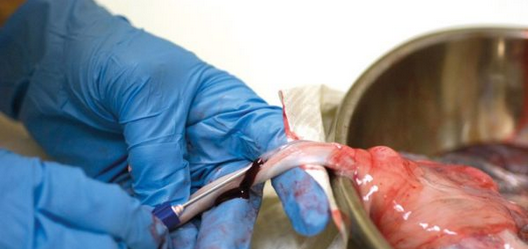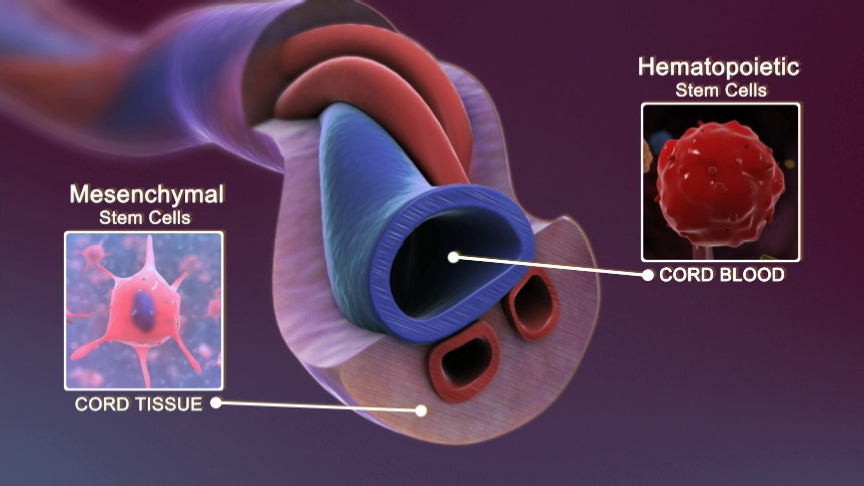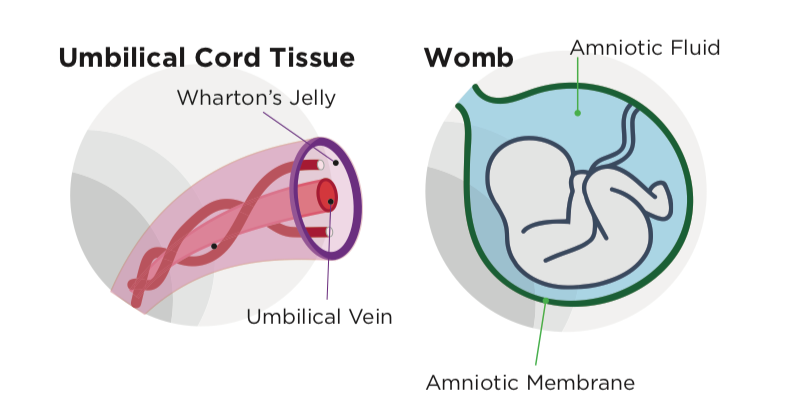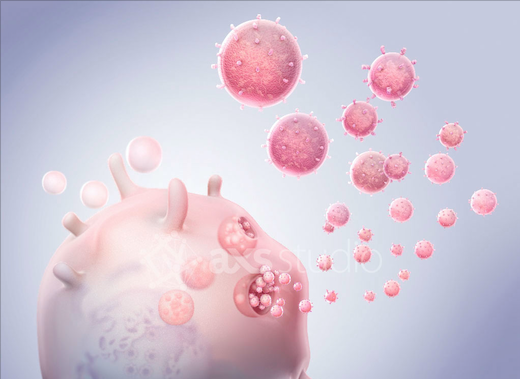Regenerative Treatments – Nona Medical Arts
Nona uses precise image guidance, top notch lab-processing techniques, and our research-driven protocols to deliver regenerative results with unmatched quality. When the body has been injured or invaded by disease, the body’s natural instinct is to defend and heal itself. Regenerative Medicine harnesses the body’s natural power to heal itself in an accelerated, clinically relevant way. Regenerative therapies work to restore structure and function of damaged tissues using stem cells, platelets, growth factors and other naturally occurring nutrients to encourage cellular and soft tissue regeneration and reconstruction within the affected area. Regenerative medicine is for those who want to explore alternative treatment options when pain management or invasive surgery is not the preferred option.
Adipose Stem Cells
Adipose stem cells are one of many types of autologous stem cells, meaning they are found within various bodily tissues. These cells are derived from the patient’s adipose tissue via aspiration and are generally collected from subcutaneous fat around the abdomen. These stem cells are classified as adult mesenchymal stem cells, meaning they have the ability to self-renew and differentiate into various specialized tissues. Use of adipose stem cells is dependent on the condition being treated, as well as the health of the patient.
Adipose Stem Cells
Adipose stem cells are one of many types of autologous stem cells, meaning they are found within various bodily tissues. These cells are derived from the patient’s adipose tissue via aspiration and are generally collected from subcutaneous fat around the abdomen. These stem cells are classified as adult mesenchymal stem cells, meaning they have the ability to self-renew and differentiate into various specialized tissues. Use of adipose stem cells is dependent on the condition being treated, as well as the age of the patient. Patients over the age of [50]? may not be ideal candidates for adipose stem cell treatment as concentrations of autologous stem cells begin to decline beyond the age of 30.
Bone Marrow Stem Cells
Bone marrow stem cells are one of many types of autologous stem cells, meaning they are found within adult tissues. These cells are derived from the patient’s bone marrow via aspiration, and are classified as adult mesenchymal stem cells. Because mesenchymal stem cells are undifferentiated, they have the ability to self-renew and differentiate into multiple types of specialized tissues. Use of bone marrow stem cells is dependent on the condition being treated as well as the age of the patient. Patients over the age of [50] may not be ideal candidates for bone marrow stem cell treatment as concentrations of autologous stem cells begin to decline beyond the age of 30.
Bone Marrow Stem Cells
Bone marrow stem cells are another type of autologous stem cells, meaning they are found within adult tissues. These cells are derived from the patient’s bone marrow via aspiration, and are classified as adult mesenchymal stem cells. Because mesenchymal stem cells are undifferentiated, they have the ability to self-renew and differentiate into multiple types of specialized tissues. Use of bone marrow stem cells is dependent on the condition being treated as well as the age of the health of the patient.
Amniotic Cells
Amniotic cells are harvested from amniotic fluid or placental tissue and are donated after live, healthy births. They are immediately cryofrozen and preserved for future use. They can develop into various tissue types including skin, cartilage, tissue, nerves, muscle, and bone. These cells are classified as having mesenchymal stem cell characteristics and can be used alone or with autologous cells.
Amniotic Stem Cells
Amniotic cells are harvested from amniotic fluid or placental tissue and are donated after live, healthy births. They are immediately cryofrozen and preserved for future use. These cells are classified as having mesenchymal stem cell characteristics and can be used alone or in conjunction with autologous cells.

Placental Cells
Placental cells are harvested from placental tissue and are donated after live, healthy births. They are immediately cryofrozen after collection and preserved for future use. These cells are classified as having mesenchymal stem cell characteristics and can be used alone or in conjunction with autologous cells.
Cord Blood Stem Cells
Umbilical cord blood contains concentrated numbers of mesenchymal stem cells, hence, the popularity of cord blood banking. Cord blood stem cells are collected from umbilical cord tissue and donated following live, healthy births. They are immediately cryofrozen and preserved for future use. These cells are classified as mesenchymal stem cells, demonstrating the ability to self-renew and differentiate into multiple specialized tissue types.


Wharton’s Jelly
Wharton’s Jelly is a gelatinous substance found within the umbilical cord. High concentrations of mesenchymal stem cells are found within this connective tissue, demonstrating the ability to differentiate into a wide range of specialized cells. Wharton’s Jelly is collected from umbilical cord tissue and donated following live, healthy births. It is then immediately cryofrozen and preserved for future use.
Exosomes
Exosomes are extracellular vesicles derived from adult mesenchymal stem cells. Because extracellular vesicles mediate cell to cell communication, they facilitate the transfer of genetic information and important proteins throughout the body. Researchers have found that when a healthy cell sends an exosome to an unhealthy cell, an information transfer occurs. This process communicates a set of “instructions” from the healthy cell, telling the damaged cell when and how to restructure itself. Essentially, the unhealthy cell receives a “blueprint” from the healthy cell, telling it how to react. This process facilitates the repair and regeneration of damaged and deteriorating tissues throughout the body.


